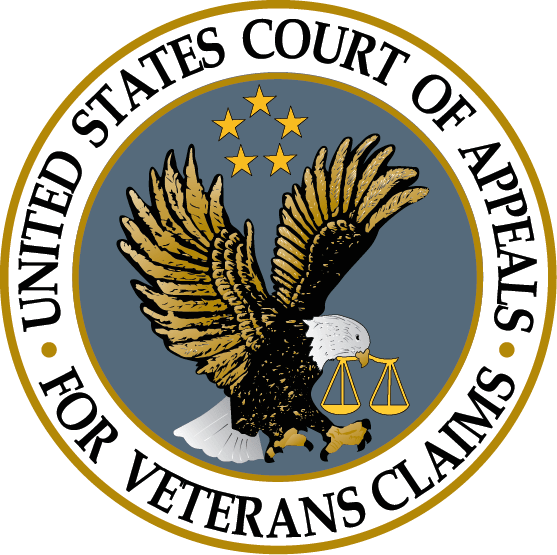
Agent Orange Claims Attorney
Many San Antonio veterans served in Vietnam and the Korean Demilitarized Zone (DMZ) in the 1960s and 1970s. Some of them now suffer from cancer and other health problems. And although the Department of Veterans Affairs recognizes that these veterans’ complications are due to their exposure to Agent Orange, they still make many errors when processing these claims. Stephen Brodsky can help rectify the situation.
What is Agent Orange?
Agent Orange is a mixture of herbicides that the U.S. Military forces sprayed in Vietnam from 1962 to 1971 during the Vietnam War. It had the dual purpose of defoliating forest areas that might conceal Viet Cong and North Vietnamese forces and destroying crops that might feed the enemy. The mixture was sprayed from low-flying aircraft and consisted of unpurified butyl esters of 2,4-dichlorophenoxyacetic acid and 2,4,5-trichlorophenoxyacetic acid. It also contained 2,3,7,8-tetrachlorodibenzo-p-dioxin or dioxin, which was toxic even in minute quantities.
It gets its name because this mixture was just one of the many herbicides used in Vietnam, as there were others such as Agent White, Purple, Pink, and a few others. The names come from the color-coded bands painted on the storage drums.
And among those mixtures, Agent Orange is the one considered to be the cause of abnormally high incidence of miscarriages in Vietnam women and skin diseases and cancer. It also caused birth defects and congenital malformations throughout the 1970s.
Many soldiers during the Vietnam War suffered long exposure to Agent Orange as well; they later developed several types of cancers and other debilitating health disorders.
Common Symptoms and Risk Associated with Agent Orange
Because there’s a slew of symptoms associated with exposure to Agent Orange, it’s difficult to list them all. Most physicians instead look for specific medical conditions that are correlated with exposure to Agent Orange. Especially if the veteran’s service dates and duty stations qualify.
Such medical conditions include cancers, heart conditions, and neurological disorders. There are even other medical conditions such skin disorders and presumptive diseases. These debilitating medical conditions and health risks make Agent Orange so virulent, and it’s why a lot of San Diego veterans complain about the low disability rating, which poorly reflects the severity of the exposure.
The Process for Receiving VA Benefits
Today, the VA presumes Agent Orange Exposure among veterans who have served in Vietnam between January 9, 1962, and May 7, 1975. This includes brief visits ashore or service aboard ships that operated on Vietnam’s inland waterways. Also included are those who served in or near the Korean DMZ between April 1, 1968, and August 31, 1971. Air Force and Air Force Reserve who regularly and repeatedly operated, maintained, or served onboard C-123 aircraft from 1969 to 1986 can also apply for benefits.
What does the VA count as presumptive conditions for Agent Orange exposure? They presume that certain cancers and other health problems are connected to veterans’ exposure to Agent Orange or other herbicides during military service in Vietnam, the Korean DMZ, or onboard C-123s after the Vietnam war.
Once all evaluations of a veteran’s disability have been conducted, the VA will require proof that their medical condition has grown worse and increased their disability. This is done by a recent medical exam by your private doctor or a VA doctor.
Did the VA Make a Mistake?
Agent Orange exposure claims can be difficult for the average San Diego veteran to face alone; many governing rules devalue this debilitating condition. With this type of claim, a low disability rating is not the only mistake the VA disability benefits system may make. There’s also the problem of incorrect effective dates for disability benefits, which decreases the amount of back pay that a veteran receives.




